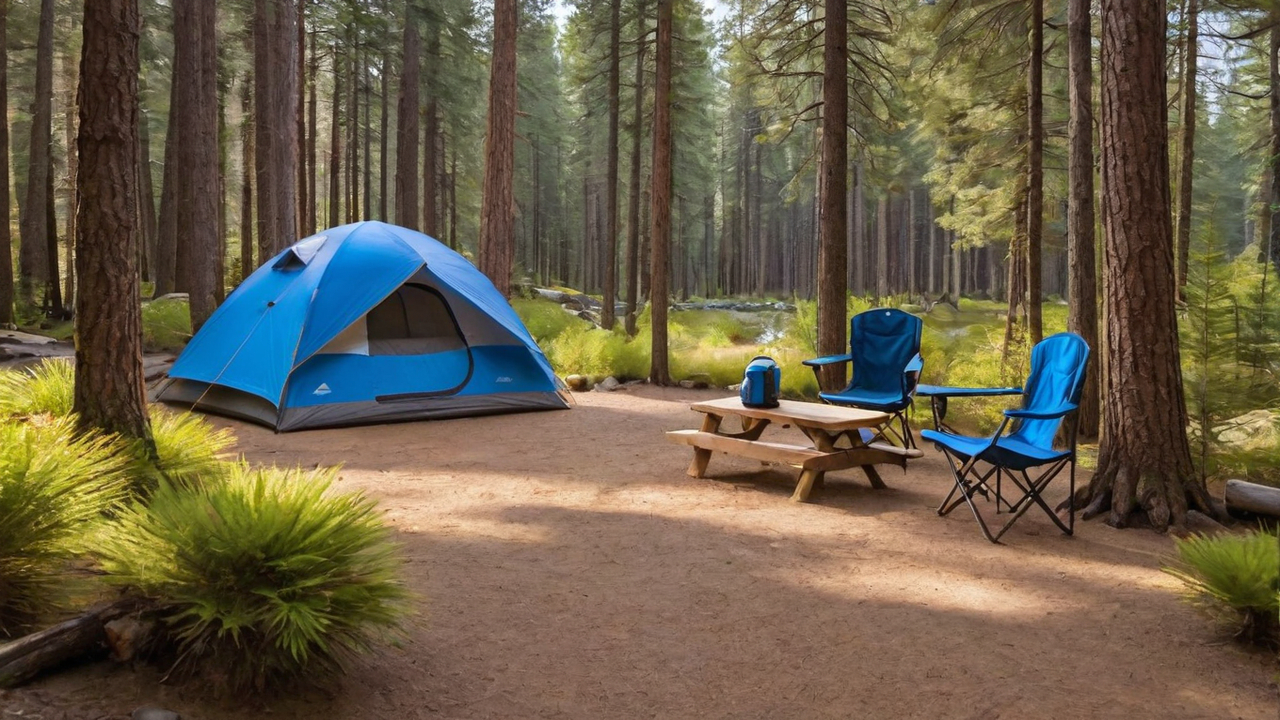Creating an Ultimate User's Interface: Design Guidelines for Camping Software
Creating an Ultimate User's Interface: Design Guidelines for Camping Software
Blog Article

Comprehending Your Users
Understanding which the target audience are essential in crafting an efficient user experience. It's crucial to take into account their requirements, likes, and tech competence. This understanding directs the designing choice, guaranteeing that the software becomes user-friendly and easy to use.
Knowing the audience likewise means recognizing their difficulties and the way they plan to utilize the camping software. This allows designers to customize features and capabilities that meet specific requirements, thus making your software not only helpful but also indispensable.
Streamlining the Navigation
Streamlining the navigation system is a key component of user interface designing. A straightforward navigation structure guarantees users can quickly locate what they're looking for, cutting down frustration and improving satisfaction levels. It's about the experience within the app as smooth and effortless as possible.
Furthermore, effective navigation guides users through your software, emphasizing features and tools that they might otherwise miss. Such an strategy not only boosts usability but also promotes deeper interaction with the campground software's full range of capabilities.
Integrating High Quality Visuals
Graphics play a vital role in making a engaging UI. They aid in breaking up text and can convey functions more efficiently than words alone. Selecting the appropriate images, symbols, and color schemes can improve the overall aesthetic of your application, making it more attractive to the eye.
Additionally, visual consistency is crucial for establishing brand identity and trust amongst users. Each component ought to be in harmony with your brand’s values and the mission of your software, leading to a seamless experience that feels both professional and inviting.
Improving Responsiveness
In today's tech world, users expect camping programs to be responsive on all platforms, from desktop computers to mobile phones. A adaptive interface makes sure that regardless of the screen size, the software provides an uncompromised experience. It not only increases accessibility but likewise caters directly to the audience's on-the-go lifestyle.
Additionally, enhancing the responsiveness could result in enhanced performance, reducing load times and avoiding user frustration. Visitors appreciate a quick and smooth interaction when using campground software, which makes speed a vital component in user satisfaction.
Optimizing the Search
Locating info quickly is key in any software, particularly in campground software systems. Enhancing the search functionality enables visitors to quickly discover exactly what they're looking for, which improves user satisfaction and productivity. Through smart search capabilities, you reduce the frustration and improve general satisfaction.
Furthermore, advanced search options like filters and tags can assist in narrowing down search results, making it search process more efficient. Implementing these features shows an understanding of the users' needs and an effort to enhancing the user’s interaction with your campground system as smooth and productive as possible.
Prioritizing Security
Security must be a top priority when coming to developing campground programs. Your users expect to be secure when providing their private data. Ensuring robust security measures not only protects the data but also builds trust between the user and the brand.
Beyond basic security features like passwords and encryption, consider implementing additional security measures such as two-factor authentication or biometric verification. These features provide an extra layer of security, ensuring that user data is kept safe from unauthorized access.
Leveraging Feedback
Listening to feedback is crucial for continuous enhancement of the campground software. It allows developers to understand what works, what doesn’t, and how the software can be improved to meet user expectations. Actively seeking this type of feedback builds a partnership between your customers and your development team, making them feel they are part of the product's evolution.
Using this feedback into account can result in tangible improvements in user interface design and overall UX. Making changes based on user input demonstrates that the company values its users and is committed to providing a high-quality experience.
Keeping the Simplicity
Among design, simplicity is key. A unnecessarily complex UI can confuse users, leading in a negative UX. Keeping things simple, on the other hand, makes the software easier to understand and navigate. This promotes more engagement and satisfaction.
Furthermore, maintaining the simplicity should also apply to the content and features. Avoiding superfluous features that don’t add real value can help ensure that the interface remains clean and more information focused on meeting the core needs of your end-users. By doing so, you can create a more effective UX that resonates with your target audience.
Report this page